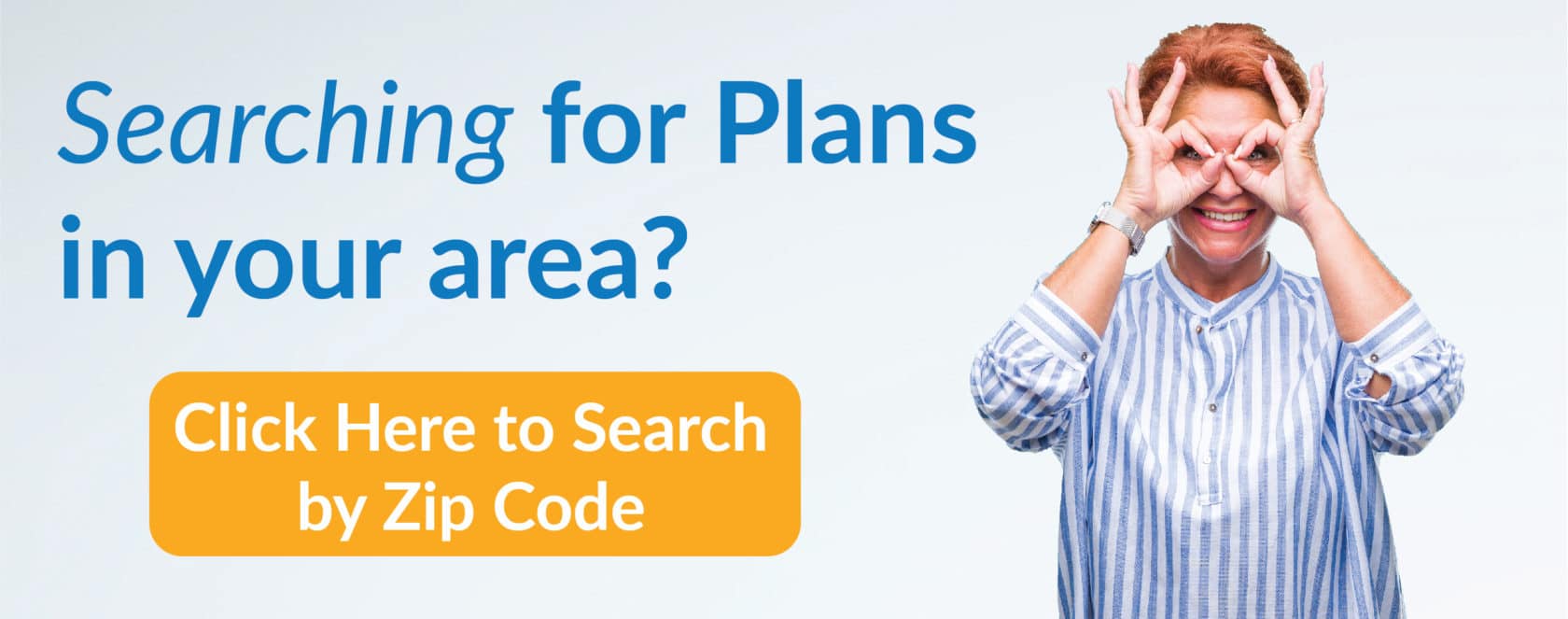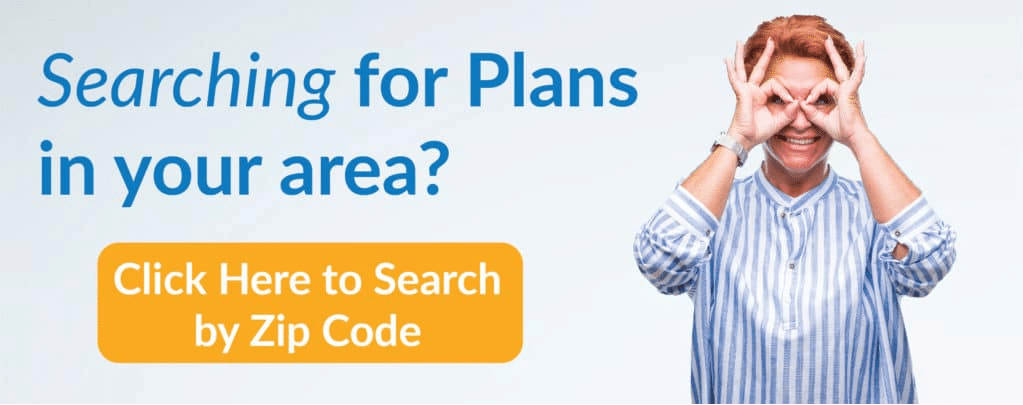FAQs About the 2025 Federal Poverty Level
The Federal Poverty Level (FPL) is a set of income guidelines established by the federal government used to determine eligibility for various programs and benefits. This measure is issued every year by the Department of Health and Human Services. It sets parameters for Marketplace health insurance, Medicaid eligibility, Children’s Health Insurance Program (CHIP) coverage, and others.

Here are several frequently asked questions and answers to help you better understand this important metric and how it may impact your Medicare coverage.
Does the Federal Poverty Level change from state to state?
Is the FPL the same as a poverty threshold?
How often are FPL guidelines updated?
What programs use FPL guidelines?
What notable programs DO NOT use FPL guidelines to determine eligibility?
How does the Federal Poverty Level determine subsidies?
How are FPL changes calculated?
How does FPL affect Medicaid and other programs?
What is the Medicaid FPL income limit for 2025?
What are the Federal Poverty Levels for 2025?
How do you calculate your percentage of the Federal Poverty Level?
Does the Federal Poverty Level change from state to state?
The FPL is the same for the 48 contiguous states. The amounts are different for Alaska and Hawaii because the cost of living is higher in each of these states.
For Hawaii and Alaska, $4,540 is added to the poverty level for each additional family member over 8 members.
What about U.S. territories?
Poverty guidelines are not defined for Puerto Rico, the U.S. Virgin Islands, American Samoa, Guam, the Republic of the Marshall Islands, the Federated States of Micronesia, the Commonwealth of the Northern Mariana Islands, and Palau.
If a federal program using the poverty guidelines serves any of those jurisdictions, the federal office that administers the program is responsible for deciding whether to use the contiguous-states guidelines for those jurisdictions or to follow some other procedure.
Is the FPL the same as a poverty threshold?
No.
Poverty thresholds are used by the U.S. Census Bureau for statistical purposes, such as to determine the percentage of people who live in a certain geographic area. The poverty thresholds are based on income, family size, number of children, and age, whereas the Federal Poverty Level chart is based purely on income and family size.
How often are FPL guidelines updated?
Poverty guidelines can be used as soon as they are published in the Federal Register (usually in late January) unless a program has chosen to make them effective at a later date.
To determine when the poverty guidelines are effective for a particular program, you need to contact the office or organization that administers that program.
What programs use FPL guidelines?
Several programs use either 100% of the poverty guidelines or a percentage multiple of the guidelines. For example, some programs use 125%, 150%, or 185% of the guidelines to determine eligibility. Those programs include:
Department of Health and Human Services:
- Community Services Block Grant
- Head Start
- Low-Income Home Energy Assistance Program (LIHEAP)
- PARTS of Medicaid (31 percent of eligibles in the Fiscal Year 2004)
- Hill-Burton Uncompensated Services Program
- AIDS Drug Assistance Program
- Children’s Health Insurance Program
- Medicare – Prescription Drug Coverage (subsidized portion only)
- Community Health Centers
- Migrant Health Centers
- Family Planning Services
- Health Professions Student Loans — Loans for Disadvantaged Students
- Health Careers Opportunity Program
- Scholarships for Health Professions Students from Disadvantaged Backgrounds
- Job Opportunities for Low-Income Individuals
- Assets for Independence Demonstration Program
Department of Agriculture:
- Supplemental Nutrition Assistance Program (SNAP) (formerly Food Stamp Program)
- Special Supplemental Nutrition Program for Women, Infants, and Children (WIC)
- National School Lunch Program (for free and reduced-price meals only)
- School Breakfast Program (for free and reduced-price meals only)
- Child and Adult Care Food Program (for free and reduced-price meals only)
- Expanded Food and Nutrition Education Program
Department of Energy:
- Weatherization Assistance for Low-Income Persons
Department of Labor:
- Job Corps
- National Farmworker Jobs Program
- Senior Community Service Employment Program
- Workforce Investment Act Youth Activities
Department of the Treasury:
- Low-Income Taxpayer Clinics
Corporation for National and Community Service:
- Foster Grandparent Program
- Senior Companion Program
Legal Services Corporation:
- Legal Services for the Poor
Some states also use FPL guidelines for their own programs as well. This might include child support enforcement or low-income guidelines to have court fees waived (i.e., filing for divorce, etc.). Utilities also sometimes use FPL guidelines to set eligibility guidelines as well.
What notable programs DO NOT use FPL guidelines to determine eligibility?
Some of the major means-tested programs that do not use the FPL guidelines to determine eligibility include:
- Supplemental Security Income (SSI)
- Earned Income Tax Credit (EITC)
- State/local-funded General Assistance (in most cases)
- Some parts of Medicaid
- Section 8 low-income housing assistance
- Low-rent public housing
How does the Federal Poverty Level determine subsidies?
Each year, the U.S. Census Bureau issues poverty threshold statistics. The Department of Health and Human Services uses this information to set a poverty guideline that will determine who should be eligible for various federal programs. The FPL is adjusted annually for inflation.
Some programs use gross before-tax income, and others compare after-tax income.
Some agencies use percentages to define income limits. For example, an income of less than 138% of the FPL will qualify you for Medicaid.
Premium tax credits are used by people with moderate incomes to take advantage of the credit in advance to offset the cost of coverage for things like health insurance. Or they can choose to receive a credit with their tax return.
To qualify for Healthcare Marketplace subsidies (tax credits) in 2025, your income must not have exceeded 400% of the Federal Poverty Level.
For example, a person earning between $12,490 and $49,960 in 2025 meets income criteria to qualify for a tax credit. A family of four qualifies with household earnings between $25,750 and $103,000 (numbers are always subject to change). However, even if your income meets eligibility guidelines, you must meet the other qualification criteria as well.
If you earn much less than 400% of the FPL, you may qualify for even more savings (maybe even Medicaid).
In fact, if you make less than 100% of the FPL, you may not even qualify for subsidies because you can instead qualify for other programs that may provide even more savings than subsidies.
How are FPL changes calculated?
Guidelines change based on price changes through the most recent completed year. For example, the 2025 poverty guidelines that were issued in January 2025 reflect actual Consumer Price Index changes through the calendar year .
How does the FPL affect Medicaid and other programs?
Your program eligibility is usually based on your percentage of the Federal Poverty Level. For example, if your family income falls at or below 130% of the Federal Poverty Level, you may qualify for the Supplemental Nutrition Assistance Program (SNAP).
For example, if the annual FPL were $10,000, (it’s not, we’re just using a round number for simplicity) to qualify for SNAP, you would need to make $13,000 or less to qualify.
Each state Medicaid program will have slightly different FPL percentage requirements, so be sure to check with your state Medicaid program’s specific regulations.

What is the Medicaid FPL income limit for 2025?
All Medicaid programs have income limits to determine eligibility. Restrictions vary based on the state and your marital status.
About half of the states use 100% of the FPL, or a percentage of it, to determine eligibility for regular Medicaid (Aged, Blind and Disabled).
Some states also use the FPL, or a percentage, to determine if a person meets the income limit for nursing home Medicaid or an HCBS (Home and Community Based Services) Medicaid waiver.
As of 2025, the annual FPL for an individual is $15,060 ($1,255/ month).
Other states use the Federal Benefit Rate (FBR) to determine income eligibility for Medicaid.
The FBR is the maximum amount that an aged, blind, or disabled person who qualifies for Supplemental Security Income (SSI) can receive in monthly cash benefits.
Also, in many states, Medicaid eligibility is automatic if a person is eligible for SSI.
In many states, if both spouses of a married couple are applying for nursing home Medicaid or an HCBS Medicaid waiver, each spouse is treated as a single applicant for income eligibility.
2025 Federal Poverty Level Chart
| House- hold Size | 100% Poverty | 110% Poverty | 125% Poverty | 150% Poverty | 175% Poverty | 185% Poverty | 200% Poverty |
| 1 | $15,060 | $16,566 | $18,825 | $22,590 | $26,355 | $27,861 | $30,120 |
| 2 | $20,440 | $22,484 | $25,550 | $30,660 | $35,770 | $37,814 | $40,880 |
| 3 | $25,820 | $28,402 | $32,275 | $38,730 | $45,185 | $47,767 | $51,640 |
| 4 | $31,200 | $34,320 | $39,000 | $46,800 | $54,600 | $57,720 | $62,400 |
| 5 | $36,580 | $40,238 | $45,725 | $54,870 | $64,015 | $67,673 | $73,160 |
| 6 | $41,960 | $46,156 | $52,450 | $62,940 | $73,430 | $77,626 | $83,920 |
| 7 | $47,340 | $52,074 | $59,175 | $71,010 | $82,845 | $87,579 | $94,680 |
| 8 | $52,720 | $57,992 | $65,900 | $79,080 | $92,260 | $97,532 | $105,440 |
| 9 | $58,100 | $63,910 | $72,625 | $87,150 | $101,675 | $107,485 | $116,200 |
| 10 | $63,480 | $69,828 | $79,350 | $95,220 | $111,090 | $117,438 | $126,960 |
| 11 | $68,860 | $75,746 | $86,075 | $103,290 | $120,505 | $127,391 | $137,720 |
| 12 | $74,240 | $81,664 | $92,800 | $111,360 | $129,920 | $137,344 | $148,480 |
How do you calculate your percentage of the Federal Poverty Level
To calculate the percentage of FPL that you are living at, use this simple formula:
Divide your income by the 100% poverty level number for 2025 (according to your household size). Move the decimal over two places to the right and add a percentage sign.
Example:
Let’s assume you are a family of 4, and your income is $40,000 per year:
100% of the FPL for a family of 4 in the contiguous U.S. in 2025 is $31,200.
40,000 divided by $31,200 = 1.28
Move the decimal two places, and you are at 128% of the FPL.
Contact Us
For more help or questions, you can email us or call directly at (833)-567-3163.


